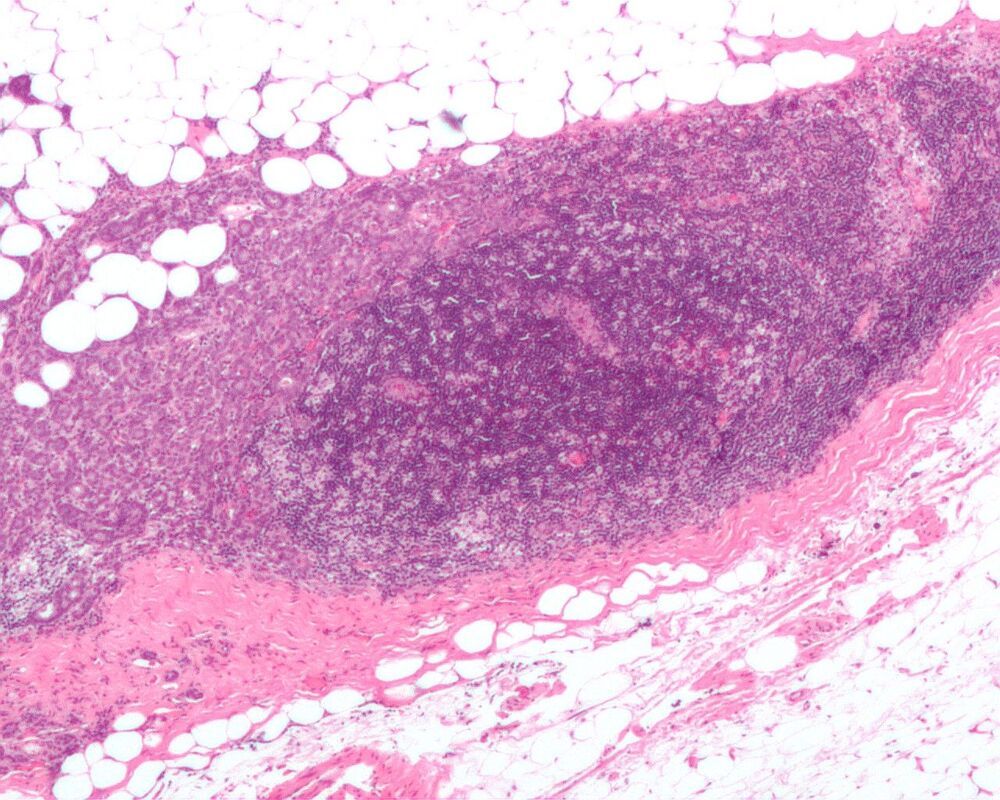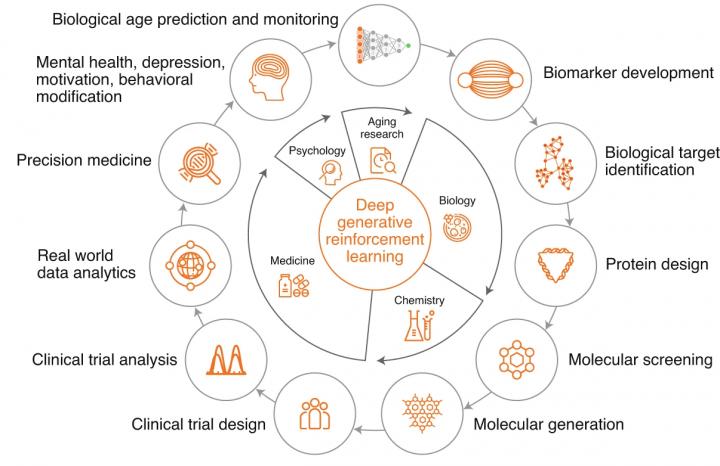“In a paper recently published the Journal of Cleaner Production, the researchers detail how they grew wood-like plant tissue from cells extracted from the leaves of a zinnia plant, without soil or sunlight. “The plant cells are similar to stem cells,” says Luis Fernando Velásquez-García, a principal scientist in MIT’s Microsystems Technology Laboratories and co-author of the paper. “They have the potential to be many things.” With the ability to “tune” the plant cells into whatever shape they decide, Ashley Beckwith, mechanical engineering PhD student and the paper’s lead author, says they could use this process to grow more efficient materials. “Trees grow in tall cylindrical poles, and we rarely use tall cylindrical poles in industrial applications,” she says. “So you end up shaving off a bunch of material that you spent 20 years growing and that ends up being a waste product.” Instead, their idea is to grow structures that are more practical, like rectangular boards or eventually an entire table that doesn’t need to be assembled, which would reduce waste and potentially let land currently used for logging instead be preserved as forest.”
Why cut down trees when you can grow wood in the exact shape you need?







